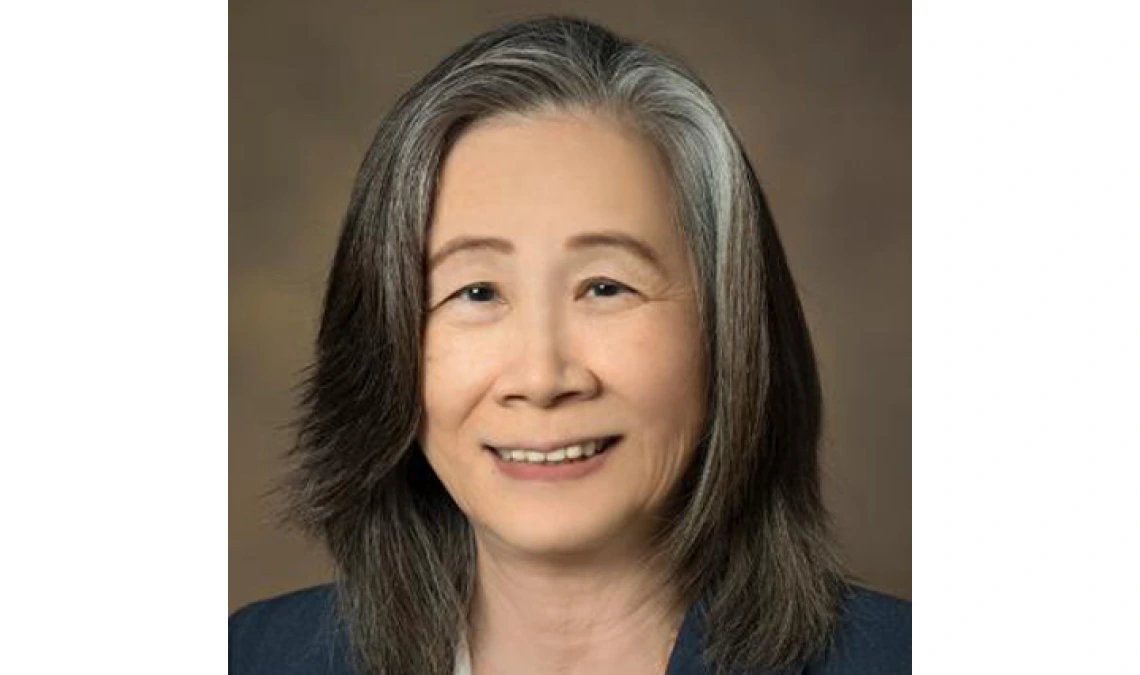Cancer Center Continuing HPV Vaccine Research with New Funding
Researchers at the UArizona Cancer Center are seeking to reduce the number of doses required for children receiving an HPV vaccine, which helps prevent several cancers caused with the common virus.

Researchers at the University of Arizona Cancer Center are following up on a successful study that is helping reduce the number of doses required for children receiving a vaccine for human papillomavirus (HPV).
The HPV vaccine was introduced in the United States in 2006 and is highly effective in preventing cervical, anal, head-and-neck, vaginal, vulvar and penile cancers caused by this common virus. The current form of the vaccine, called Gardasil 9, targets 9 HPV types.
While safe and effective, the HPV vaccination required two to three doses injected over 6-12 months. This regimen became difficult for children and their parents to maintain, leading to many children falling behind or discontinuing the HPV vaccination altogether. In fact, in 2019, only 54 percent of 13-to 17-year-olds in the US had completed the HPV vaccination series.
Fortunately, studies looking at earlier versions of the vaccine hinted that only two – or perhaps just one – dose of the vaccine may be all that is necessary for long-lasting protection.
The UArizona Cancer Center has been at the forefront of this continuing research in recent years, including a clinical trial funded by the National Cancer Institute (NCI) that recently concluded in 2020. The researchers enrolled children ages 9-11 to receive the vaccine, but with the second dose delayed until 24 months after the first. This time gap allowed researchers to monitor antibody levels after a single dose over a two-year period, and allowed the children to stay in compliance with the FDA recommendations of two doses in place during the trial. The participants also received a third shot, if desired, as was the standard when the trial began.
“We are very encouraged by the preliminary data,” said Sherry Chow, PhD, Cancer Prevention and Control Program co-leader. “For the two most prevalent HPV types (HPV16 and HPV18), attributing to 70 percent of cervical cancers, a single dose of the vaccine generated persistent immune response against those two HPV types.”
While the study’s complete findings are not yet published, the preliminary results were promising enough to warrant further investigation. In late 2020, Dr. Chow’s team was approved for $514,244 of additional funding through the Cancer Prevention Clinical Trials Network to follow up on participants who received the delayed second dose but not a third dose. Dr. Chow and the researchers will be looking to see whether the participants continue to show a sufficient persistent immune response following their delayed booster.
“Our data were used to support recommended changes of HPV vaccination schedule by the World Health Organization that will be coming out soon,” Dr. Chow said. “It has been a great team effort. We are excited to continue studying this vaccine to make it easier for all kids to get their vaccination and be protected.”
Reducing the number of doses required for children to take could have a significant clinical implication. Presently, many places around the world are experiencing a shortage of the HPV vaccine. Fewer doses will help alleviate that shortage, while reducing many of the logistical challenges for administering the vaccine. These challenges include availability, accessibility, cost and scheduling.
The latest study also has a new exploratory endpoint that is investigating if urine samples may provide a less invasive method to monitor antibody levels in the participants. Currently, blood must be drawn from each participant, but it may be possible that the antibody levels could be determined through urine samples.
“This is a very unique position since we conducted the original trial,” Dr. Chow said. “A majority of the participants are willing to come back and are excited to participate. It is nice to have that relationship with the children and their families.”



